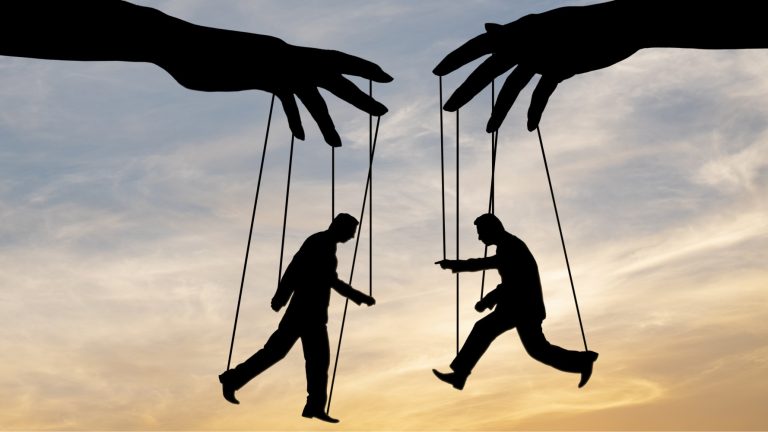There is need for more authentic and collaborative work on how life began on this planet. It was in such a hoary past that even the count of the years to that origin is unclear. One of the theories has it, that it began with an amoeba as a single-cell live entity. Then it gradually evolved into more complex existence and progressively more complex live entities. As one of theories goes life split into what became earth-bound and what became water-bound creatures. The theory of evolution is enchanting, and recognition of the same is necessary to know that evolution has not stopped.
This, in one form, is the story of the transformation which led to the birth of homo sapiensin some form. That this could have happened over 50000 years ago or more is a conjuncture which has yet to be established with documentation and evidence. The eerie part is that evidence-based logical documentation may well be difficult unless some revolutionary scientific method of evidence testing comes across.
Notwithstanding what is said in earlier sentences, transformation is a continuous process. Many consider it to be the essence of life. Transformation happens from moment to moment. At every single moment, a huge number of cells are dying in alive body, and are being replaced by an equally live volumes of cells. That is the essence of life. Thus, it is possible to argue that transformation is basic to life itself. Technically speaking, this would be the subject matter of many scientific disciplines, from molecular biology to physiology which includes pulsation of arteries. All this and more is the essence of transformation. Thus, put simply, transformation is center to all creation. That may be another story and worth scientific investigation in its own right.
Normally, transformation, when understood in the context of growth, raises the issue of transition from one form of existence to another. The transformation from childhood to adulthood, from adulthood to old age, is itself a fascinating process and a subject matter of many disciplines including medicine, physical anthropology, and more. Even one vantage point of perception requires such detailed scientific knowledge that it becomes difficult to comprehend. In this context, the concept of human transformation needs to be defined and understood and can be used as a method of periodization of human evolution across the planet. Herein comes the catch.
Human evolution across the planet has been varied from region to region. There are people happy living in a natural habitat of trees, forests along with other living creatures. There are also people who have got so accustomed to technology and that traveling from one planet to another seems not only conceivable but doable. The mystery does not stop there, and moves from one experience to another. There are people and people, and there are civilizations and civilizations. Some of this is the subject matter of physical anthropology but then physical anthropology is very different from cultural anthropology.
There is a good case of taking a holistic view of this saga of transformation from one cluster to another. The fact of the matter is that even a comprehensive typology of such clusters is yet to be created.
It ought to be noted that when one talks of human transformation one is talking of life in its entirety. A reference has been made above to different breeds of human clusters across the globe and how each one may just be a little bit different from the next one in an adjoining area.
Across these variations, there are certain common activities touching homo sapiens, and these are rituals of birth, marriage, and death. Usually, the rituals of birth and death besides having some very basic elements in common, have an almost endless range of varieties. Marriage has normally been considered as an institution of cohabitation between a male and female. A prime purpose of which has been procreation with identified parenthood. It is not as if one cannot be married and not have children, but those are exceptions to a general rule of thumb. Usually, marriage has procreation as a by-product, that is how it continues.
The concern of transformation across cultures has also certain other commonalities, including business, the exchange of goods, and other necessities essential to life. No individual or indeed a group of individuals can meet all their needs by themselves.
Thus, it is that human transformation touches everything from A to Z of life, of which business and exchange constitute a fundamental chord. One has to begin thinking of these issues, and perhaps a multi-disciplinary and interdisciplinary perspective could come in handy.
Stay connected with us on social media platforms for instant updates click here to join our LinkedIn, Twitter & Facebook


























